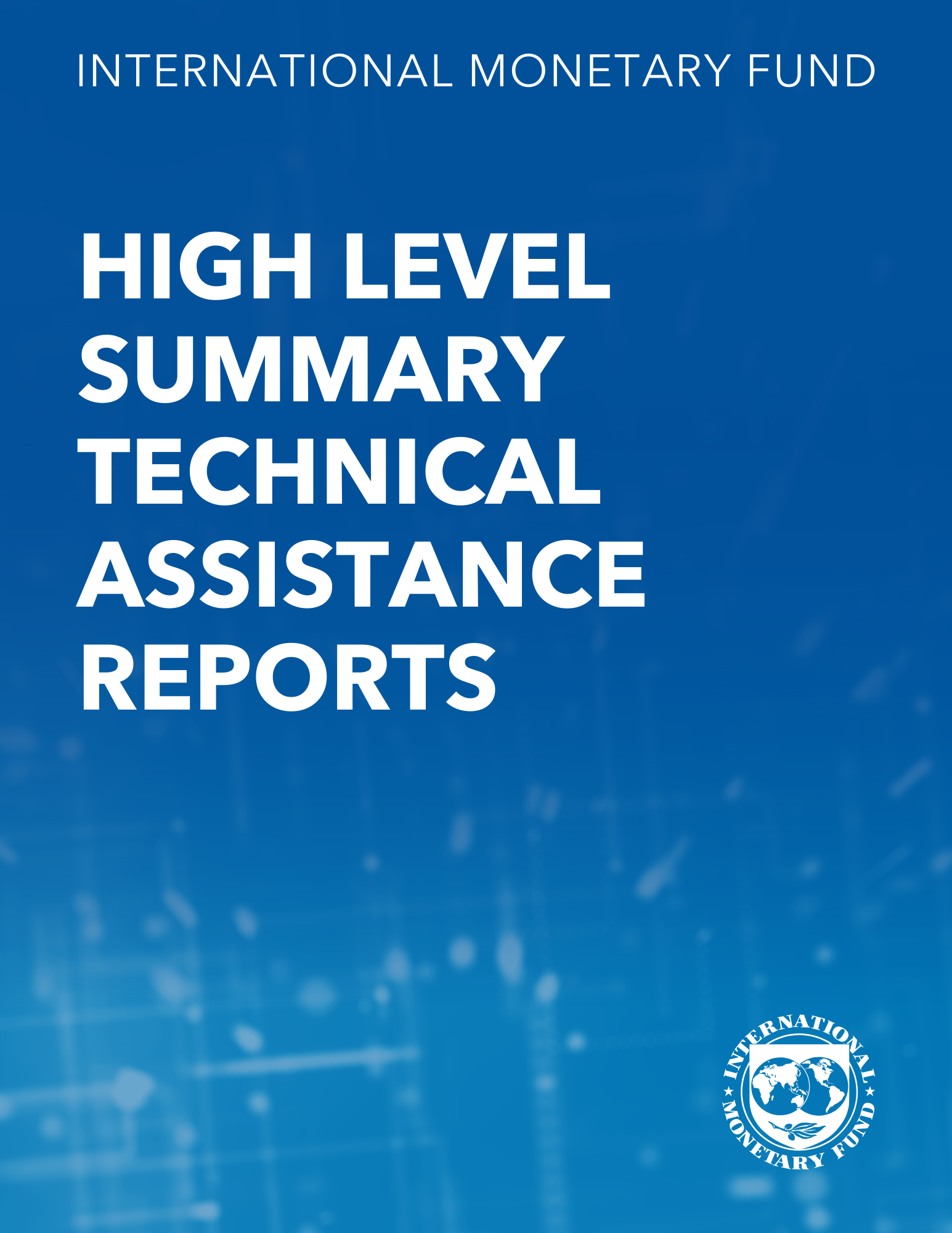Exchange Rate Regimes in Central, Eastern and Southeastern Europe: A Euro Bloc and a Dollar Bloc?
March 31, 2017
Disclaimer: IMF Working Papers describe research in progress by the author(s) and are published to elicit comments and to encourage debate. The views expressed in IMF Working Papers are those of the author(s) and do not necessarily represent the views of the IMF, its Executive Board, or IMF management.
Summary
Subject: Currencies, Exchange rate arrangements, Exchange rate flexibility, Exchange rate stability, Exchange rates, Foreign exchange, Money
Keywords: Africa, British pound, Bulgarian lev, Central, CESEE country, CESEE dollar bloc, CESEE euro bloc, Currencies, de jure versus de facto, dollar, dollar-Euro exchange rate, Eastern and Southeastern Europe, EMP coefficient, euro, Euro bloc, euro weight, Exchange rate arrangements, Exchange rate flexibility, exchange rate regimes, Exchange rate stability, Exchange rates, fixed versus floating, inflation rate, standard deviation, WP
Pages:
31
Volume:
2017
DOI:
Issue:
083
Series:
Working Paper No. 2017/083
Stock No:
WPIEA2017083
ISBN:
9781475590951
ISSN:
1018-5941






